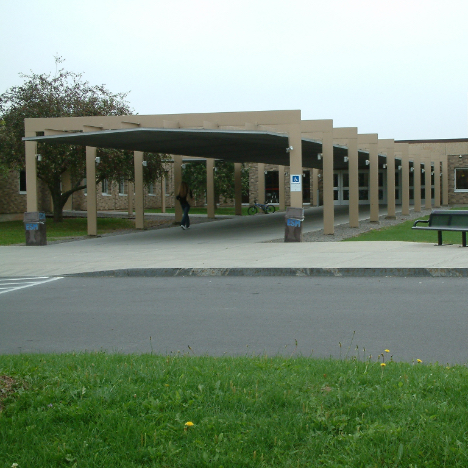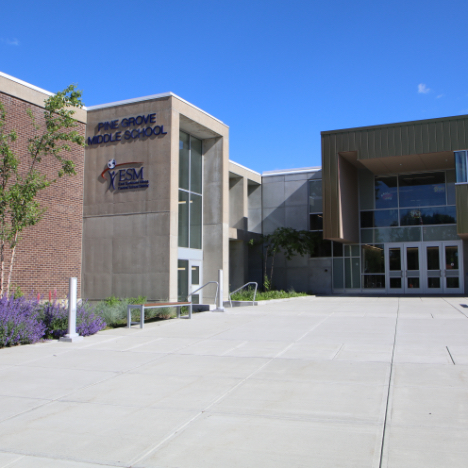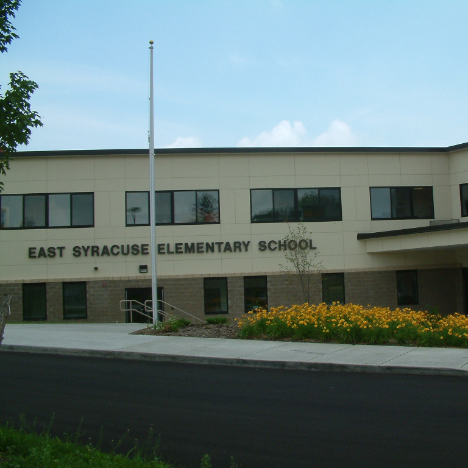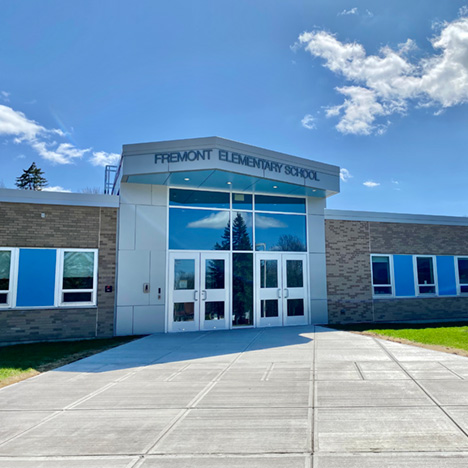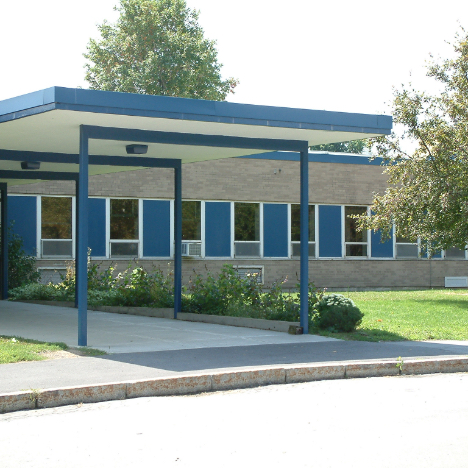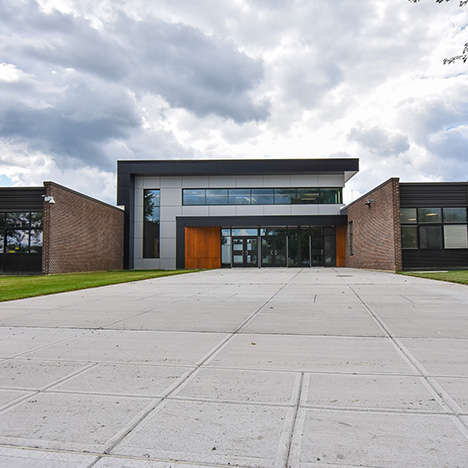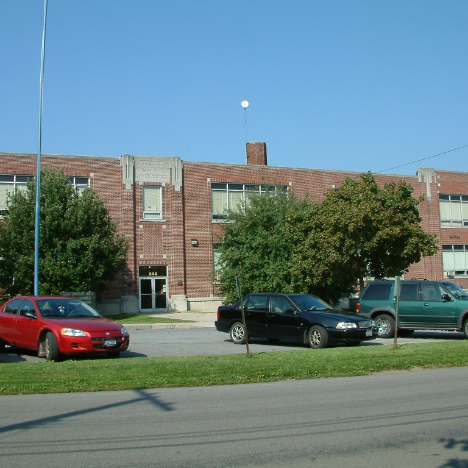STEM Learning Ecosystem
ESM, in collaboration with several Syracuse area businesses, higher education institutions and other partners is among 56 "ecosystems" created across the United States in the national STEM Ecosystems Initiative. We were among the 1st 27 communities that piloted the initiative.
Locally, ESM is a member of the CNY STEM Hub, which is focused on impacting students in the classroom by implementing new teaching strategies in multi-disciplinary/inquiry-based methodologies with real world applications. For further information, visit https://www.cnystem.com/
More on the STEM Learning Ecosystem
Referred to as a "STEM Learning Ecosystem" ESM is serving as a demonstration site committed to open collaboration through local partners such as Siemens, Bristol-Myers Squibb, King & King Architects, SUNY College of Environmental Science & Forestry, Syracuse University, Le Moyne College, Onondaga Community College, the Teaching Institute for Excellence in STEM (TIES), the Village of Minoa, the Technology Alliance of Central NY and the Museum of Science & Technology (MOST).
The national project seeks to nurture effective science, technology, engineering and math (STEM) learning opportunities for all young people from pre-k through college. It is built on more than a decade of research into successful STEM collaborations.
Led and funded by the STEM Funders Network (SFN), the STEM Learning Ecosystems Initiative has formed a national "Community of Practice" to exchange ideas with expert coaching and support from leaders such as scientists, industry leaders, superintendents and others. ESM was among the original 27 STEM Learning Ecosystems created in 2015. In 2016, another 10 were added, bringing the number of STEM Learning Ecosystems to 37.
"We are honored to have been selected to join this initiative and the national Community of Practice. ESM's selection demonstrates our existing progress to develop a strong STEM community and recognizes our commitment to continue this work," said Dr. Donna DeSiato, ESM Superintendent.
"The support of the STEM Funders Network combined with the collaboration opportunities with STEM learning ecosystems across the United States will benefit the development of key areas of learning and preparedness for college and career for all of our students here at ESM," added Dr. DeSiato.
Known as the "East Syracuse Minoa Central School District STEM Learning Ecosystem," ESM is designing and implementing educational models of excellence for all students.
The goal of ecosystem cultivation is not to design the same STEM experience for each student—but to maximize, grow and connect STEM learning opportunities so all young people have access to robust and connected learning experiences along pathways that are individualized according to their own interests.
"It is an initiative to design the kind of infrastructure that ensures that STEM learning is truly ‘everywhere' and is a top priority for communities supporting youth to develop the skills and knowledge they need for success in a global workforce," according to SFN co-chairs Gerald Solomon, executive director of the Samueli Foundation and Ron Ottinger, executive director of the Noyce Foundation. "These innovative communities are providing STEM learning opportunities for millions of young people both in- and out-of-school."
Cultivating STEM Learning Ecosystems means collaborating across sectors in new and creative ways to increase equity, quality and STEM learning outcomes for all students. The significant involvement of business and industry, higher education and community organizations with students, teachers and administrators from Central New York will provide synergy for promoting STEM careers.
The 37 communities comprising the national Community of Practice have demonstrated cross-sector collaborations to deliver rigorous, effective pre-K through college instruction in STEM learning in schools and beyond the classroom—in afterschool and summer programs, at home, in science centers, libraries and other places both virtual and physical— that sparks young people's engagement, develops their knowledge, strengthens their persistence and nurtures their sense of identity and belonging in the STEM disciplines.
As these STEM Ecosystems evolve, a student will be able to connect what they learn in and out of school with real-world learning opportunities, leading to STEM related careers and opportunities.
To support the design and implementation of STEM Learning Ecosystems across the country, a team of STEM and cross-sector collaboration experts will provide technical assistance individualized to the needs of each community, including ESM. The initiative will match each selected site with a consultant based on the site's specific needs.
Learn more about the initiative at stemecosystems.org.


